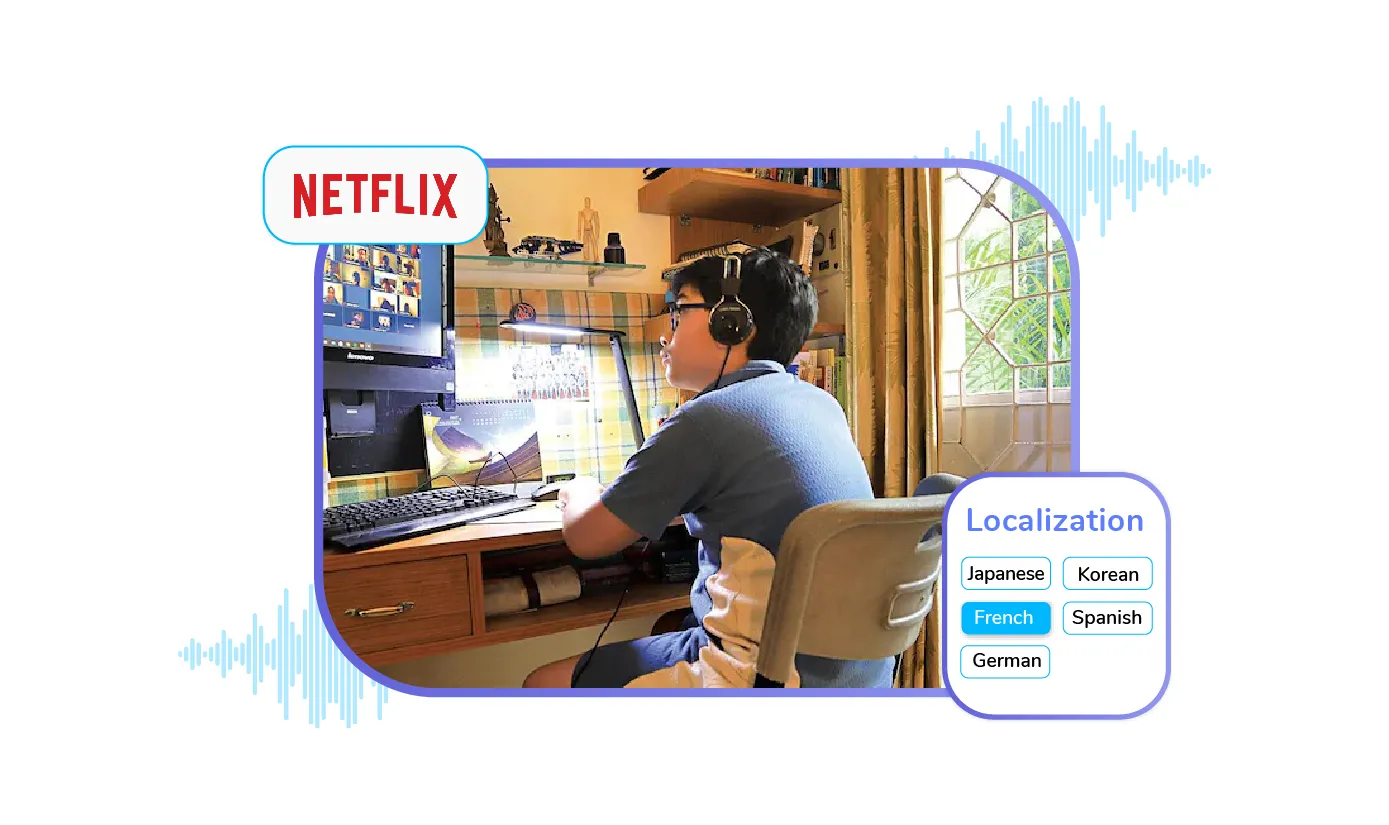We all are guilty of binge-watching Netflix from time to time!
Binge-watching is the pivot of Netflix’s business model. Netflix redefined how we sought and consumed content by successfully mastering the ability to govern our time and attention.
Now take a moment and consider – binge learning!
What if the same principles of bingeing were applied to E-learning for viewers to consume exceptional amounts of content for increased productivity and better results?
From a humble beginning as a DVD rental by email service to becoming the most popular streaming platform offering unlimited shows, Netflix is a success story worth exploring. Learning leaders can undeniably take a cue or two from Netflix in this respect.
So, what is it that Netflix is doing right, keeping people glued to their content offerings and having them return for more?
How can E-learning platforms recreate the Netflix obsession for their learning?
Let’s take a look at how you can become the Netflix of E-Learning:
Enhanced Creative Content
To gain a competitive edge, Netflix realized it had to offer something different. Apart from exclusive streaming rights, they dived into the realm of original, creative content.
Similarly, an Elearning platform should consider adopting a differentiation strategy by curating creative content that facilitates meaningful engagement with learners. Also, learning leaders should continually explore newer technologies and approaches to upskill their programs. They should explore innovative ideas to allow the free flow of creativity from the entire creative team for a world-class learning experience.
Here, AI technology can play a vital role in understanding a student’s optimal learning experience.
AI algorithms can help understand:
- Who is your learner?
- What kind of content has he consumed in the past?
- What is he likely to enjoy learning in the future?
- Link a learner’s preferences to the Elearning platform’s core interests
To put it simply, the AI algorithm can make recommendations following a learner’s patterns to help understand how learning is taking place and then create content accordingly to promote a culture of continuous learning. AI technology can be tapped to prepare quality questions for the assessments and for selecting a personal tutor to master academic content.
Easy Visual Navigation of Content
Netflix realized early on that a first-timer on their platform may find it a tad overwhelming to scroll through the vast content available to nail down his preferred show. To simplify things, they introduced a visual representation of the extensive catalogue. Viewers could now select their favourite show without devouring the entire record. This shortened the route from browsing to consumption, considerably neutralizing the death scroll.
Similarly, Elearning platforms can benefit by considering their catalogue strategy and how helpful it is for their learners. Would easy visual navigation of their catalogue help the students understand the entirety of their content and help save time and effort in their hour of need? Would the students be able to quickly access meaningful content or get embroiled in a death scroll?
Personalization for Enhanced User Experience
Netflix engages users with its remarkable ability to put the spotlight on viewers. For example, one of its features is Top Picks for <viewer’s name here>. Such algorithmic personalization makes Netflix feel more unique and personal. And it works too! About 85% of the shows usually watched are compelled by the recommendation engine.
Consumers desiring personalization is nothing new. Users are more likely to be hooked if the buyer knows them by name, identifies their buying history, and offers discounts. Learning leaders need to introspect – does their technology feel personalized for users to make the discretionary effort to learn from them? If an Elearning platform is not offering the desired level of personalization, why would a student give his discretionary time to his learning?
Elearning platforms can send out emails to invite students to their learning portal who haven’t visited it for a certain period. They can notify students about the launch of new programs and offer learners to choose content relevant to their learning goals.
High Production of Relevant Content
Netflix has something for all tastes. Irrespective of who you are or what you prefer, there’s a Netflix show for you. The sheer volume of content available for its subscribers is something worth emulating. Elearning platforms can also consider catering to a wide range of learning needs and form content that suits personal preferences.
Also, Netflix allows viewers to select shows on-demand and the freedom to watch them on any device, anytime. Usually, conventional networks may carry only the recent play episode to keep a viewer’s interest. Netflix, on the other hand, releases all episodes right away. Likewise, Elearning can also design courses in a way that allows learners to move freely between lessons. They may not be required to wait for an episode to finish to access the next one.
Learning cannot be one size that fits all. Nevertheless, it can be made more effective and engaging by applying the principles that worked well for successes like Netflix.

.webp)










